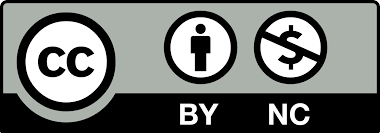Volume 5, Issue 2 (Autumn&Winter 2019)
KJES 2019, 5(2): 315-328 |
Back to browse issues page
Download citation:
BibTeX | RIS | EndNote | Medlars | ProCite | Reference Manager | RefWorks
Send citation to:



BibTeX | RIS | EndNote | Medlars | ProCite | Reference Manager | RefWorks
Send citation to:
yousefi M, Moussavi S M, khatib M M. Tectonic Inversion and Structural Relation of Rag Sefid and Zaghe Oil Anticlines using Seismic Reflection ِData (Zagros Foreland). KJES 2019; 5 (2) :315-328
URL: http://gnf.khu.ac.ir/article-1-2685-en.html
URL: http://gnf.khu.ac.ir/article-1-2685-en.html
1- University of Birjand , geomehdi66@birjand.ac.ir
2- University of Birjand
2- University of Birjand
Abstract: (2808 Views)
The northwest-southeast Rag Sefid thrust is a series of the tensile faults formed during the opening of the Neo-Tethys Ocean in the Permian Triassic. Tilted growth strata show the final phase of the inversion-related folding of this fault in the Pliocene which has led to the rise of Rag Sefid anticline. The tectonic inversion rate calculated on the seismic reflection sections of Rag sefid fault (Ri = 0.75) shows the high inversion values along the fault. Considering the high rate of inversion, high angle Rag Sefid inverted fault dip, apparent geometry and evolutionary history in the Zagros foreland, the small thrust fault with a lower separation depth in the southern limb of the Zahge anticline can be considered as a shortcut thrust and also a branch of Rag sefid thrust that has developed for the deformation transfer in the footwall of the Rag Sefid fault.
Subject:
Tectonics
Received: 2018/12/5 | Accepted: 2019/12/28 | Published: 2020/02/10
Received: 2018/12/5 | Accepted: 2019/12/28 | Published: 2020/02/10
Send email to the article author
| Rights and permissions | |
 |
This work is licensed under a Creative Commons Attribution-NonCommercial 4.0 International License. |






